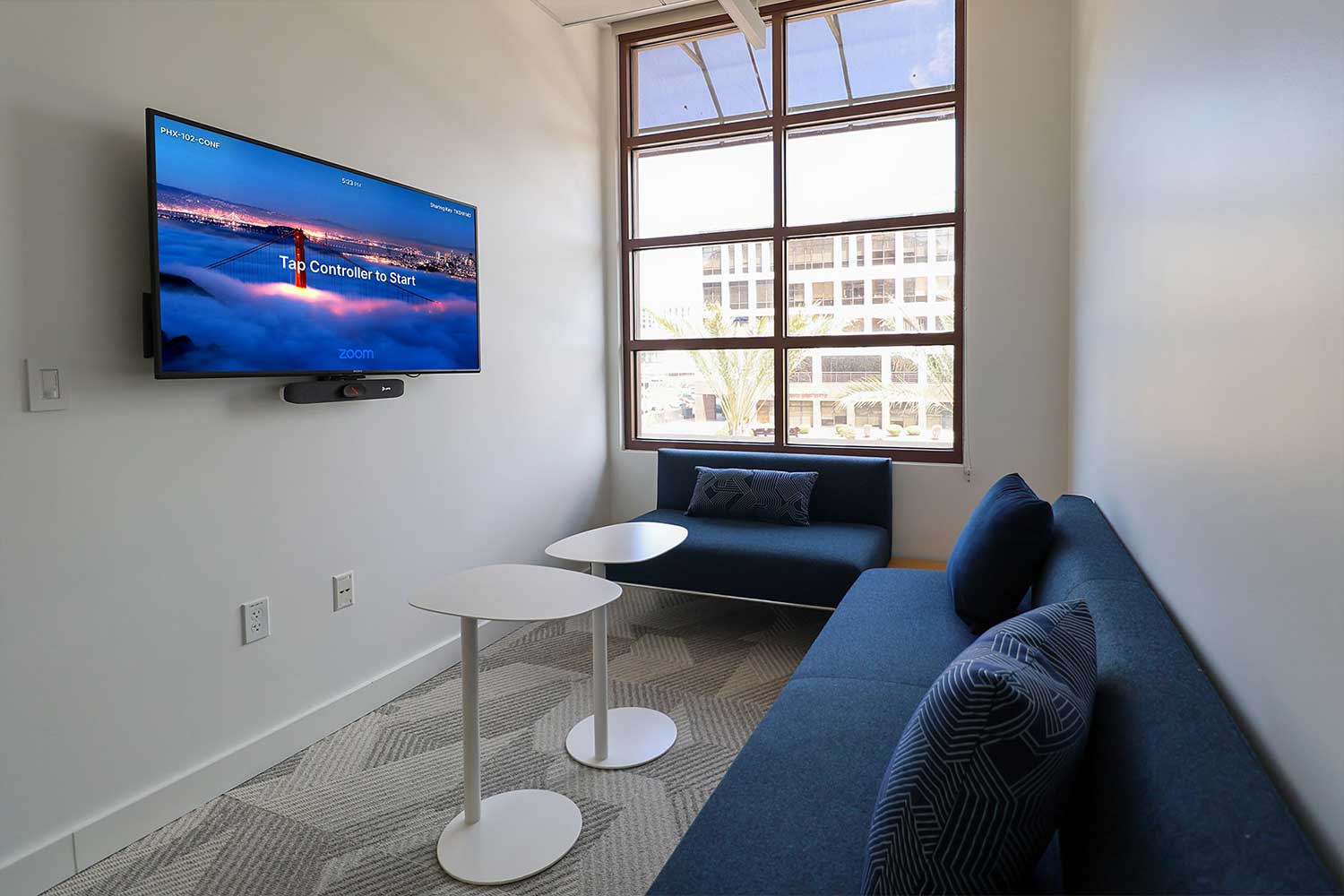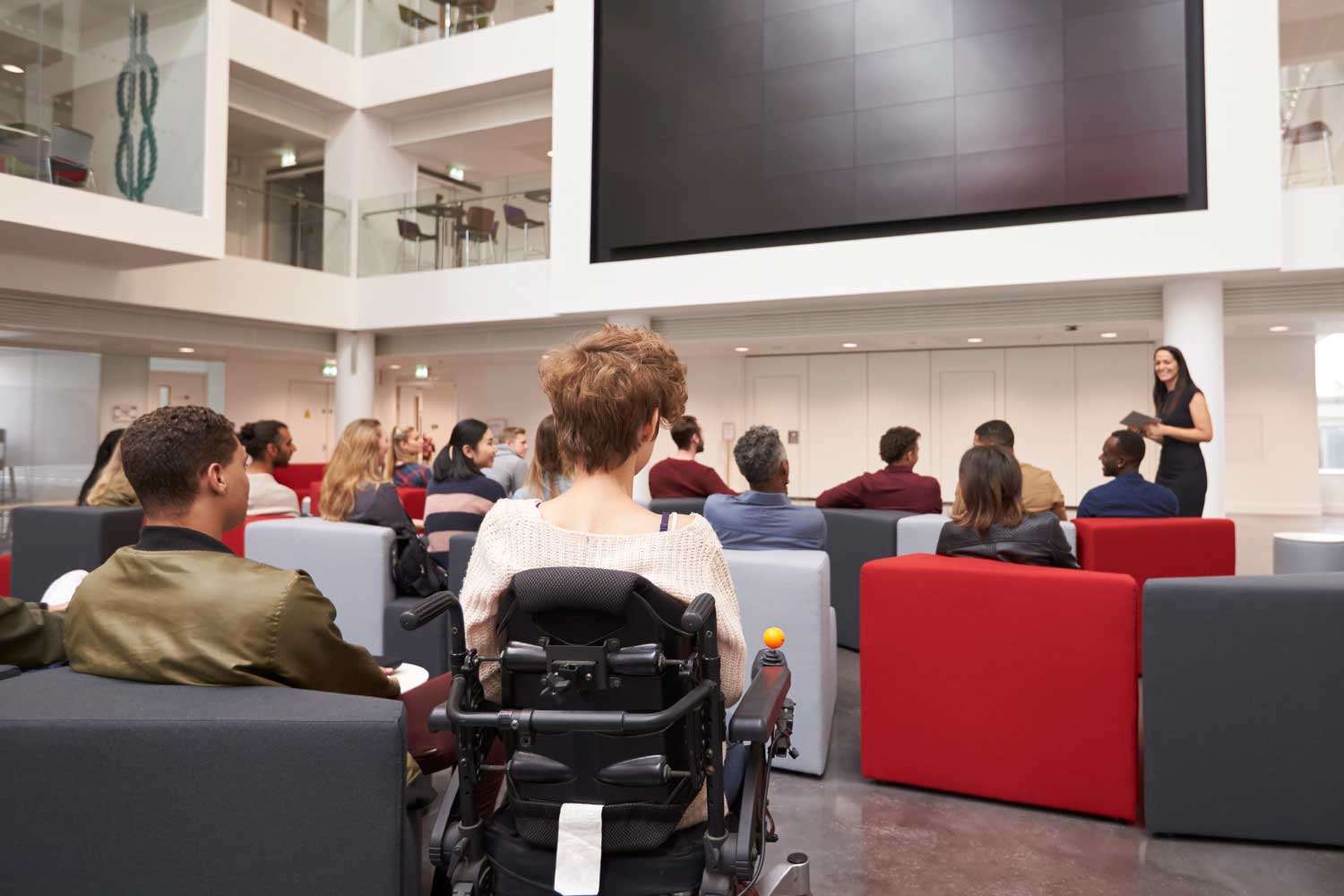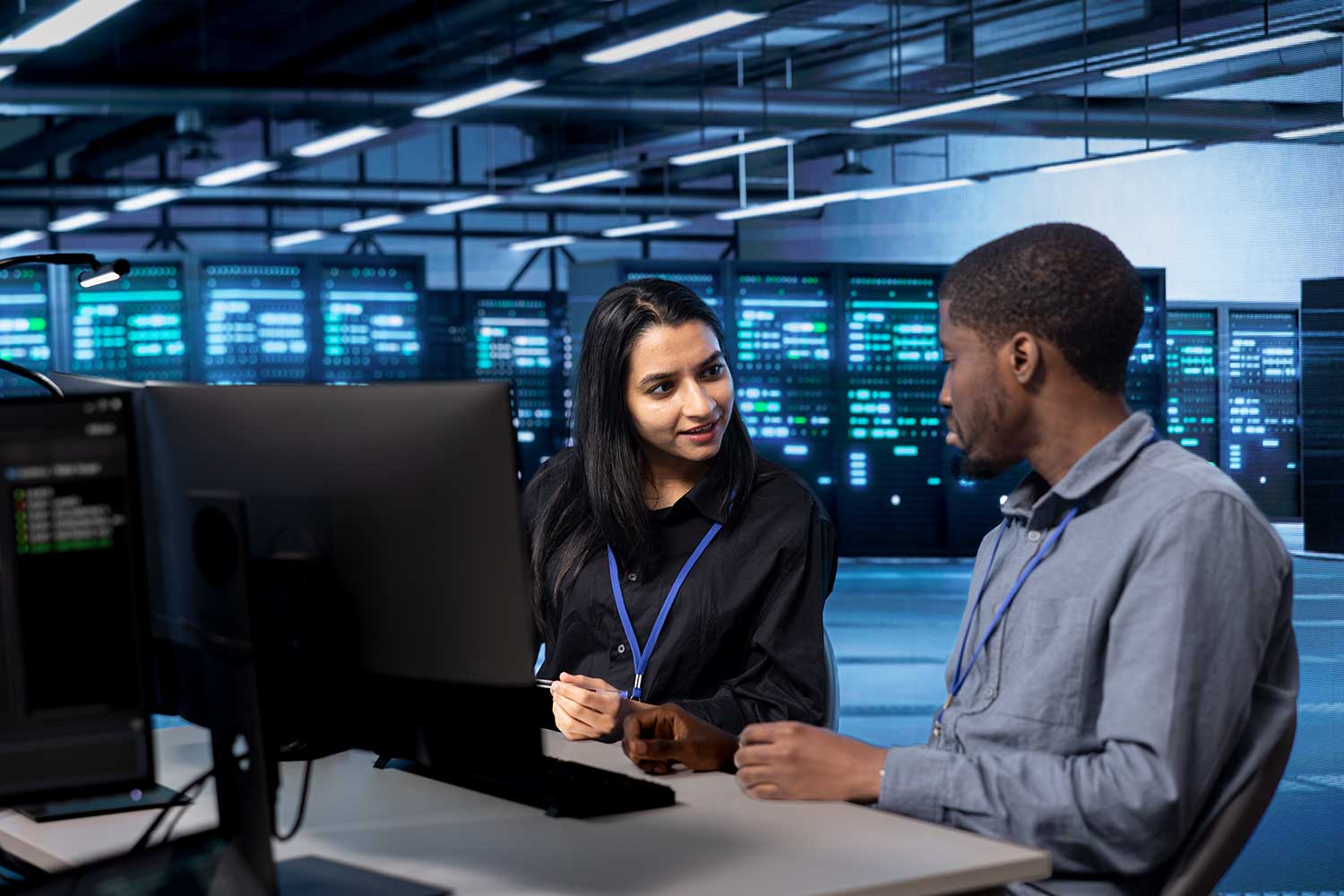If you’re an IT Leader navigating the realities of enterprise collaboration, you’ve likely felt the growing pressure to simplify collaboration across your organization. Hybrid work keeps shifting, meeting rooms feel inconsistent, and your team absorbs the blame whenever communication systems fall short. On top of that, leadership keeps asking for more reliability and lower costs, while your technology environment becomes harder to standardize.
on Thursday, 20 November 2025.
Posted in AV as a Service, Hybrid Workplace Model
Huddle rooms should be the easiest collaboration spaces in any enterprise, yet they often become the most frustrating. IT leaders face constant pressure to standardize hybrid meeting experiences, eliminate unreliable devices, and meet end-user expectations all while staying within budget and maintaining interoperability across platforms. And despite best efforts, many huddle rooms turn into a mix of outdated equipment, mismatched vendors, and inconsistent user experiences.
on Wednesday, 19 November 2025.
Posted in Conference Room, Conference Room Audio Video , Conference Room Design
Every campus has that one room, the space everyone avoids booking because it never seems to work for every student. Maybe the audio misses soft voices. Maybe captions lag just enough to make lectures exhausting. Or maybe the layout makes it difficult for a student with mobility challenges to participate without drawing unwanted attention. For the teams responsible for supporting these spaces, it is more than an inconvenience. It is a reminder that even with the best intentions, the learning experience is not always equitable.
During a walkthrough at a large university earlier this year, a student paused outside a general education classroom before stepping in. "I always sit in the back," she said quietly, "because the microphones up front never pick me up." No ticket submitted. No email to IT. Just a silent workaround she had learned to accept.
That moment spoke louder than any support request. It revealed an accessibility gap leaders often do not see until it becomes too big to ignore. Later that semester, a small technology upgrade in that same room reshaped more than the audio experience. It changed the way students engaged in the class.
What happened next redefined what accessibility can look like when AV works the way it should.
on Wednesday, 12 November 2025.
Posted in Higher Education
If you’re responsible for the health of your company’s network, you already know the pressure that comes with every new device that touches it. AV has become one of the biggest blind spots in modern IT environments, and the fear is real: all it takes is one unmonitored codec, one poorly secured display, or one unmanaged AV-over-IP endpoint to introduce a vulnerability that puts your entire organization at risk. And when a breach happens, it’s rarely the vendor who gets blamed. It’s you.
But here’s the part most leaders never see coming: the biggest risks often don’t start with malicious actors. They start with rushed deployments, shadow IT decisions, half-documented systems, or an AV integrator who installs hardware without aligning it to your security policies. And somewhere in that chaos, someone in the C-suite wants the install done fast, Facilities wants it to "just work," and your team is expected to secure it all.
There’s a moment every IT leader encounters, a moment when a seemingly harmless AV upgrade exposes a gap no one anticipated. What happens next depends entirely on what you put in place long before that moment arrives.
on Tuesday, 11 November 2025.
Posted in Edge Security, IoT Security
When seconds matter, communication is everything. From 911 dispatch to emergency operations centers (EOCs) and real-time crime centers (RTCCs), every moment hinges on clarity, accuracy, and speed. Behind the scenes, audiovisual (AV) technology is the force that connects command to field, data to decisions, and teams to outcomes.
on Tuesday, 04 November 2025.
Why Operational Efficiency Starts with Smarter AV Systems
In today’s enterprise environment, efficiency means more than cutting costs. It’s about helping people perform at their best. Whether teams are collaborating across continents or managing critical operations in real time, audiovisual systems play a key role in productivity and communication.
Many organizations still view AV as a basic utility rather than a strategic tool. In truth, enterprise AV technology can increase operational efficiency, simplify workflows, and strengthen communication across the business. When designed, deployed, and supported effectively, it becomes a core driver of performance and measurable ROI.
on Monday, 03 November 2025.
When the Screen Goes Dark: The Hidden Cost of Under-Supported AV Systems
You’ve just invested in a state-of-the-art AV system. The installation team packed up, the room looked perfect, and everyone was excited until the first big meeting. Someone pressed the wrong button, the display went dark, and suddenly your “upgrade” became a fire drill. Sound familiar?
It’s a moment that exposes a hard truth in corporate technology: an AV installation is only as good as the support that follows it. For COOs tracking ROI, CIOs managing system uptime, or facilities teams fielding panicked calls, the difference between training and turnkey support can make or break the value of the investment.
on Thursday, 23 October 2025.
Transforming the Guest Experience with Modern AV Technology
A packed ballroom hums with energy as guests experience a fully synchronized event environment featuring LED video walls with brand visuals, balanced sound that enhances every moment, and lighting that transforms the space to fit the occasion. These are not just upgrades in experience; they are strategic investments that directly impact revenue, brand reputation, and client retention. A decade ago, this level of AV sophistication was limited to major arenas. Today, it has become a key differentiator for hotels and convention centers competing to host high-value events and maximize ROI.
on Tuesday, 21 October 2025.
 UCaaS vs AVaaS: Which Unified Communications Model Fits Your Organization?
UCaaS vs AVaaS: Which Unified Communications Model Fits Your Organization? 







